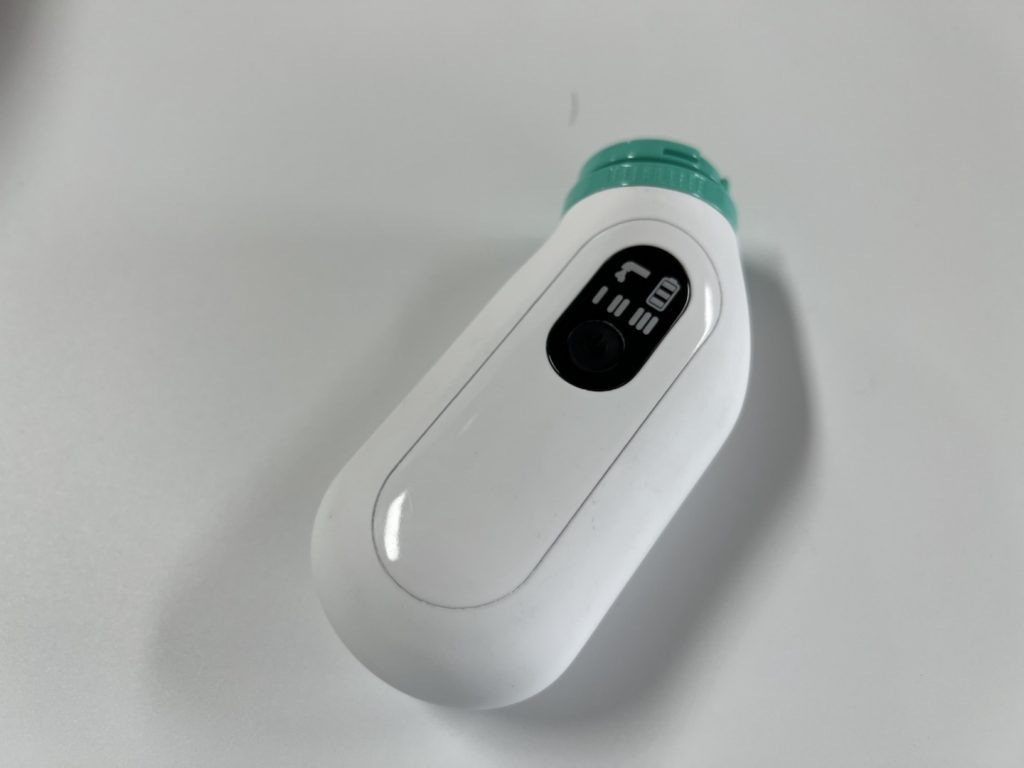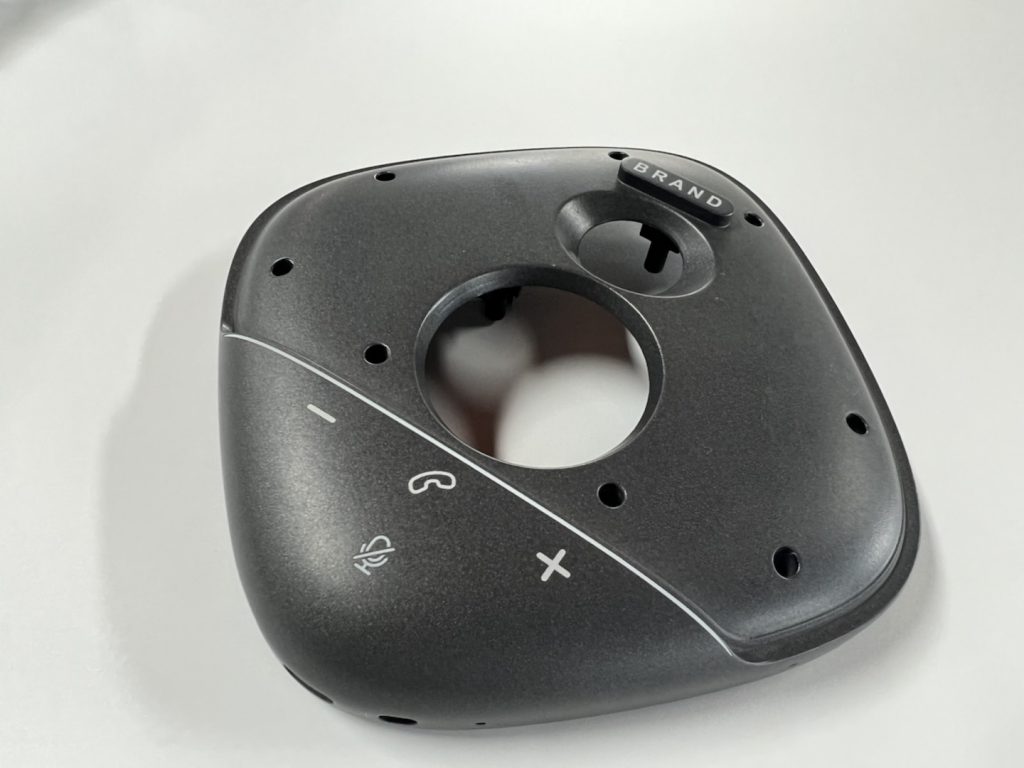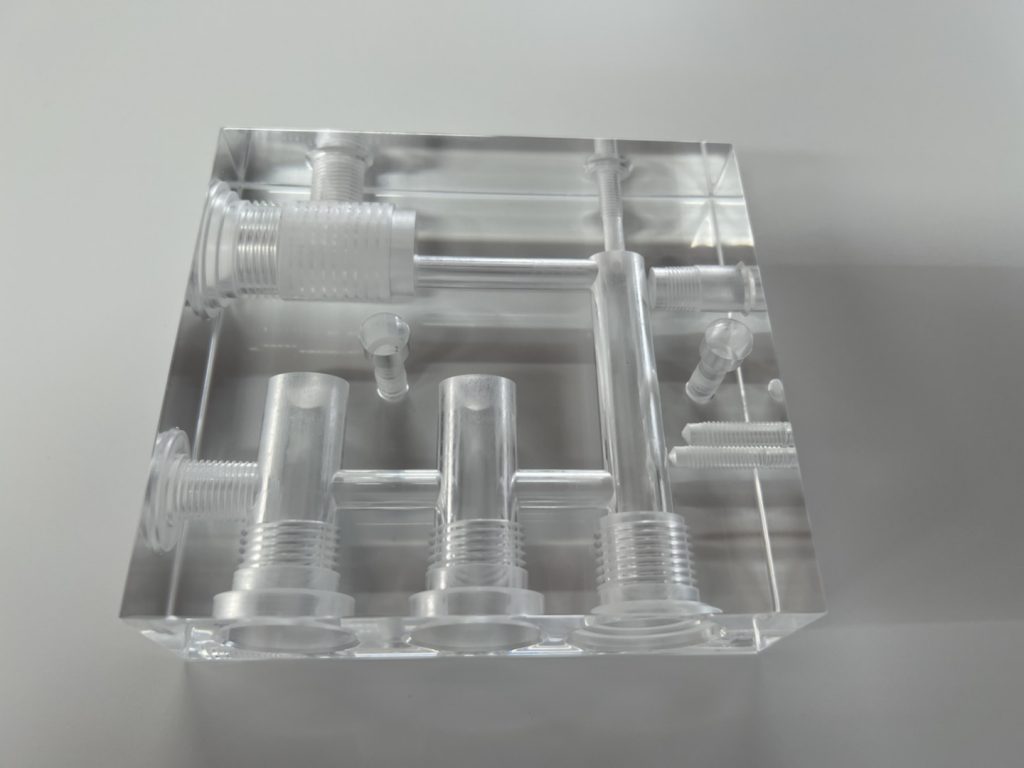Silicone Molding
Silicone Molding
Silicone molding(Urethane Casting) is a manufacturing technology that converts liquid silicone rubber into predetermined shapes, usually used for prototype production with multiple colors and large quantities.
PREPART provides reliable silicone molding service for rapid prototypes and small batch production parts at competitive price. We can produce complex plastic parts with excellent quality and faster turnarounds.
Our Flexible production allows the quantity from 2 pcs to 100 pcs, and the silicone mold can be used for next time.
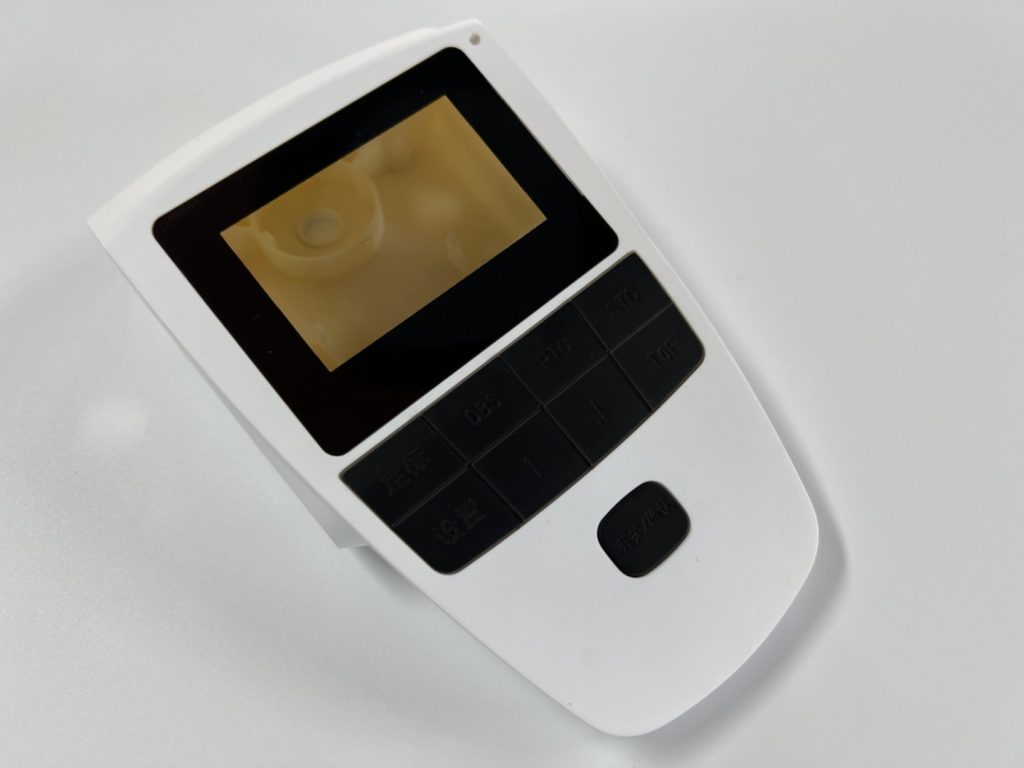
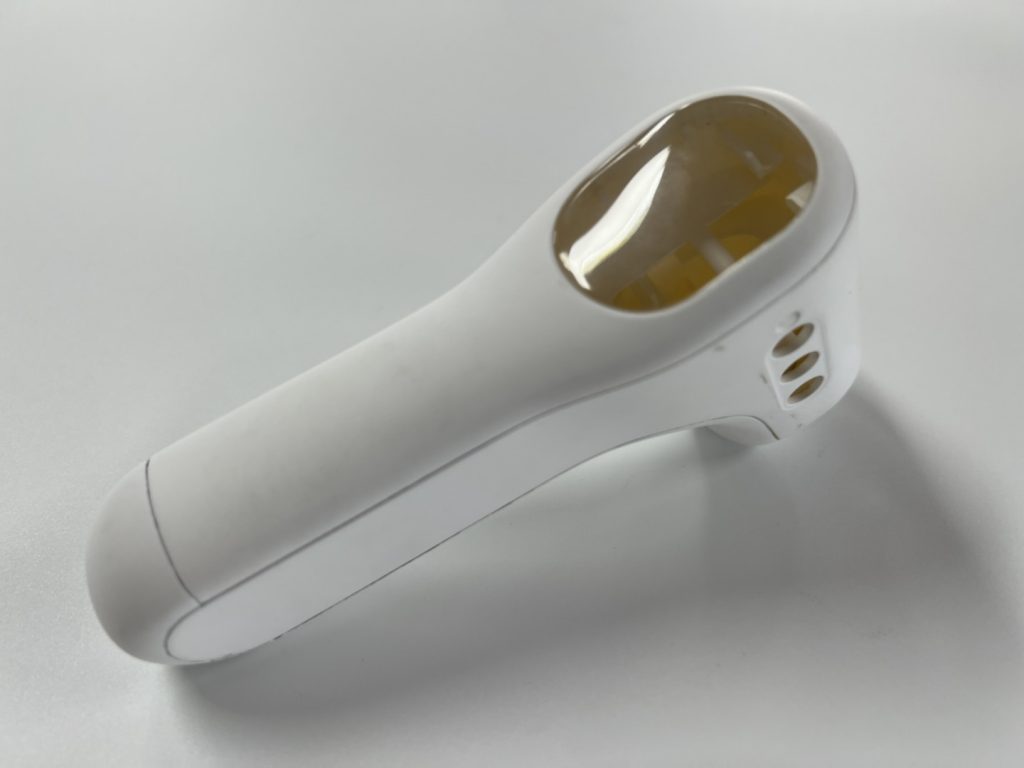
Why Chosse Us
Flexible mfg
quick quote
From 1 pcs
Good QUALITY
best SERVICES
COST EFFECTIVE
DFM report
SATISFACTION
Material Selection
ABS-Like
Process: Urethane Casting
Colors: Black, White, Colorful
Applications: Consumer Products, Medical Device, Enclosures
Acrylic-Like
Colors: Clear
Hardness: Shore D 87
Applications: Optic Device, Consumer Products
Case Applications Of Silicone Molding
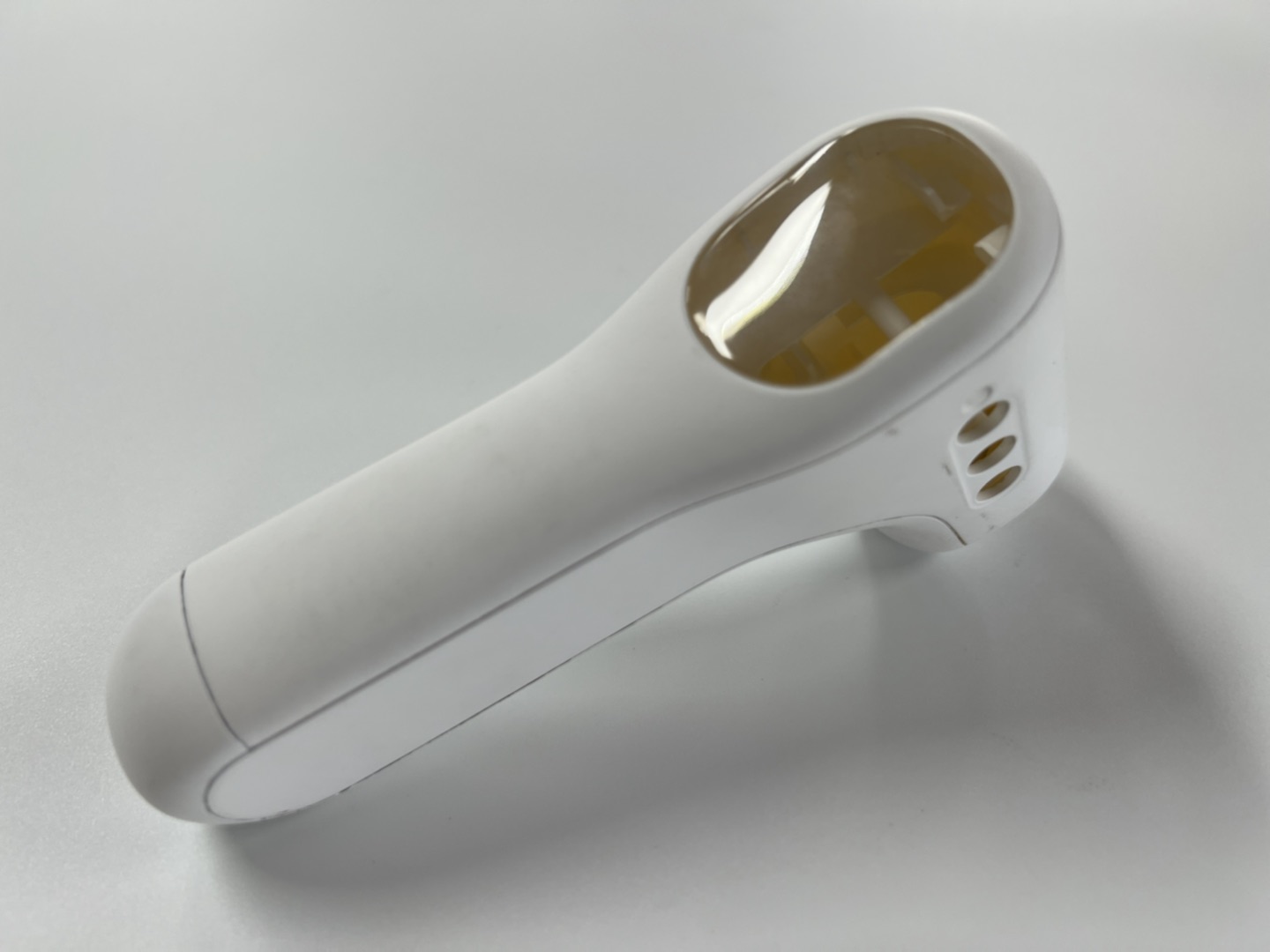
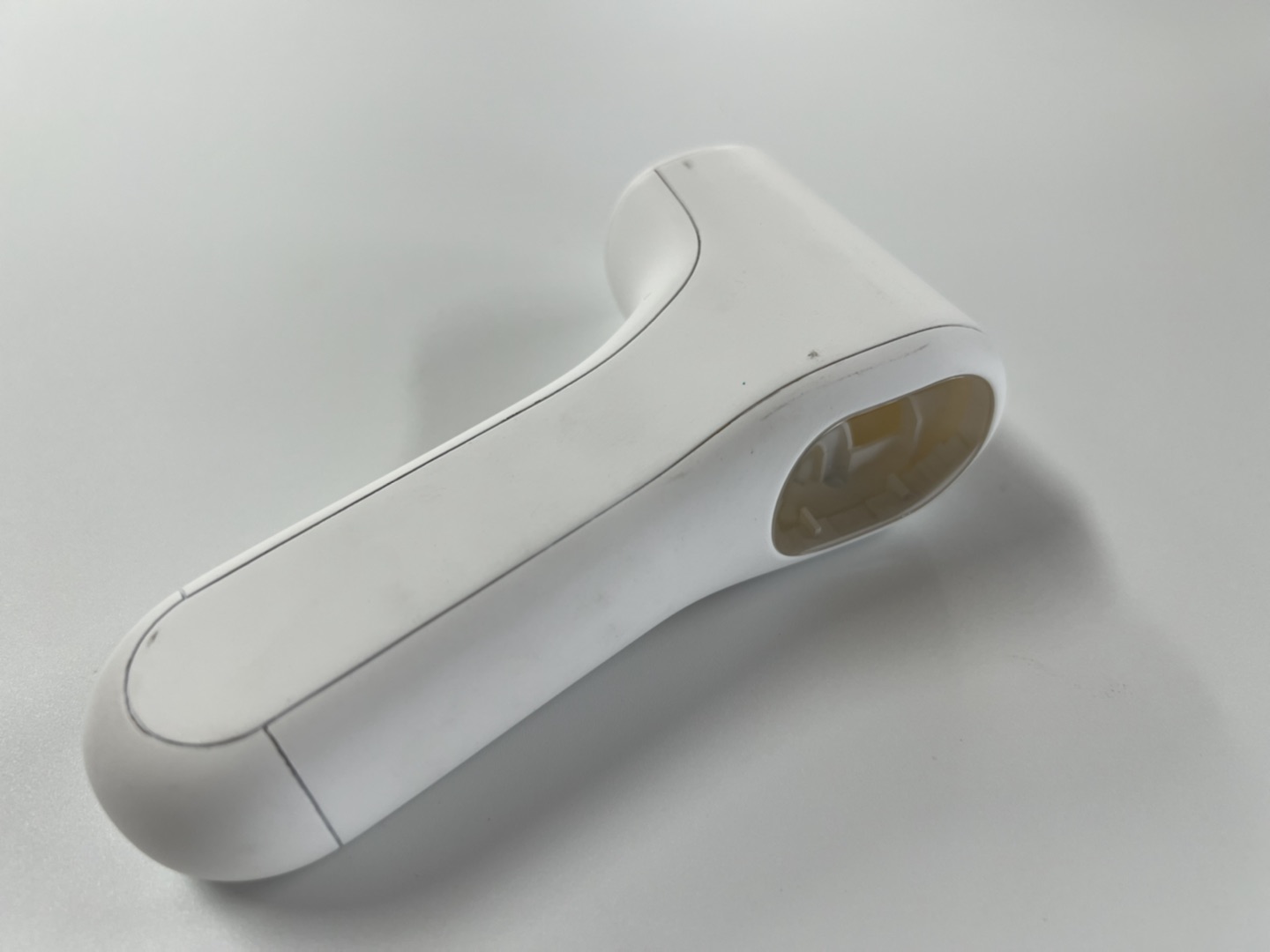
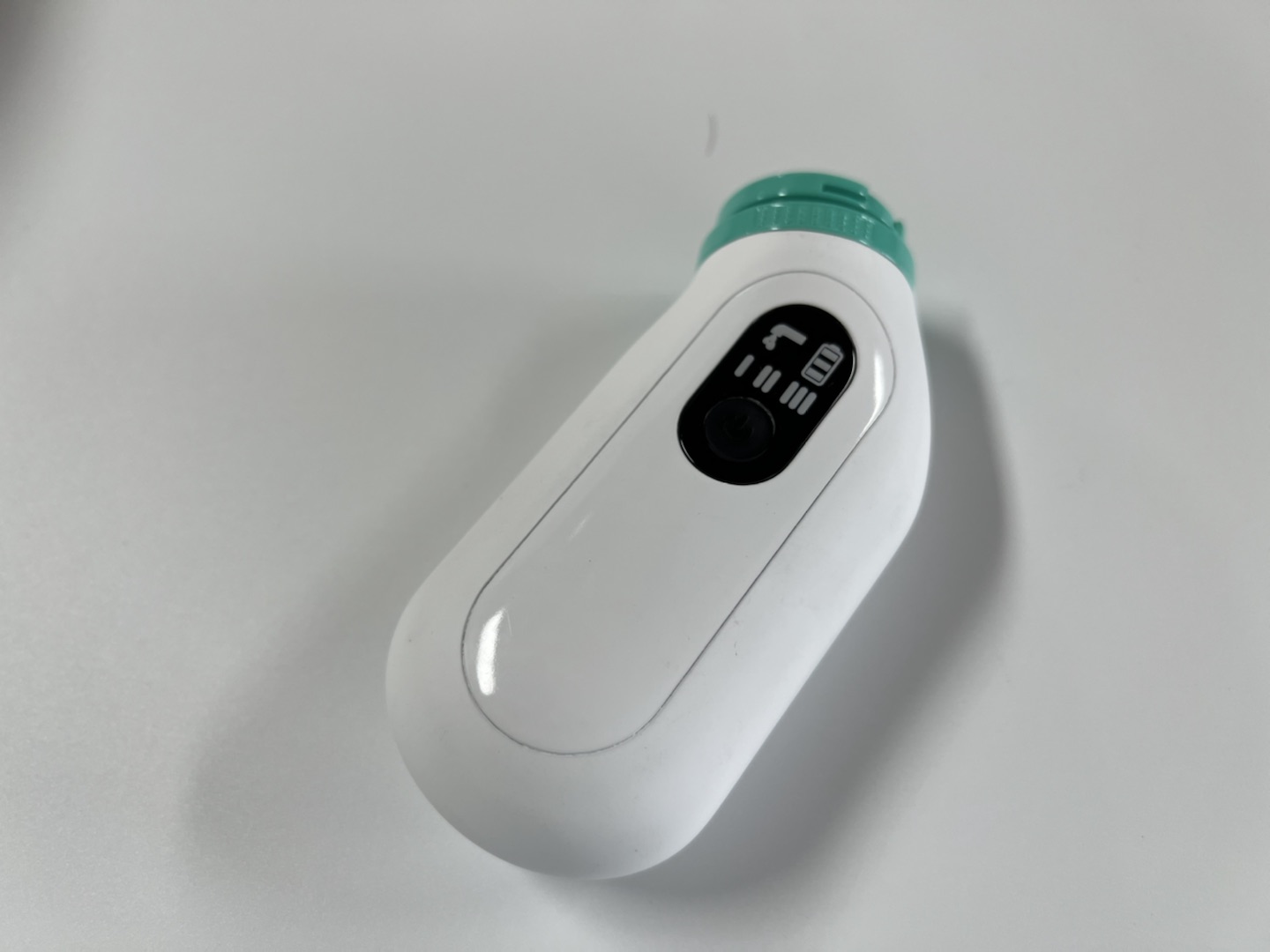
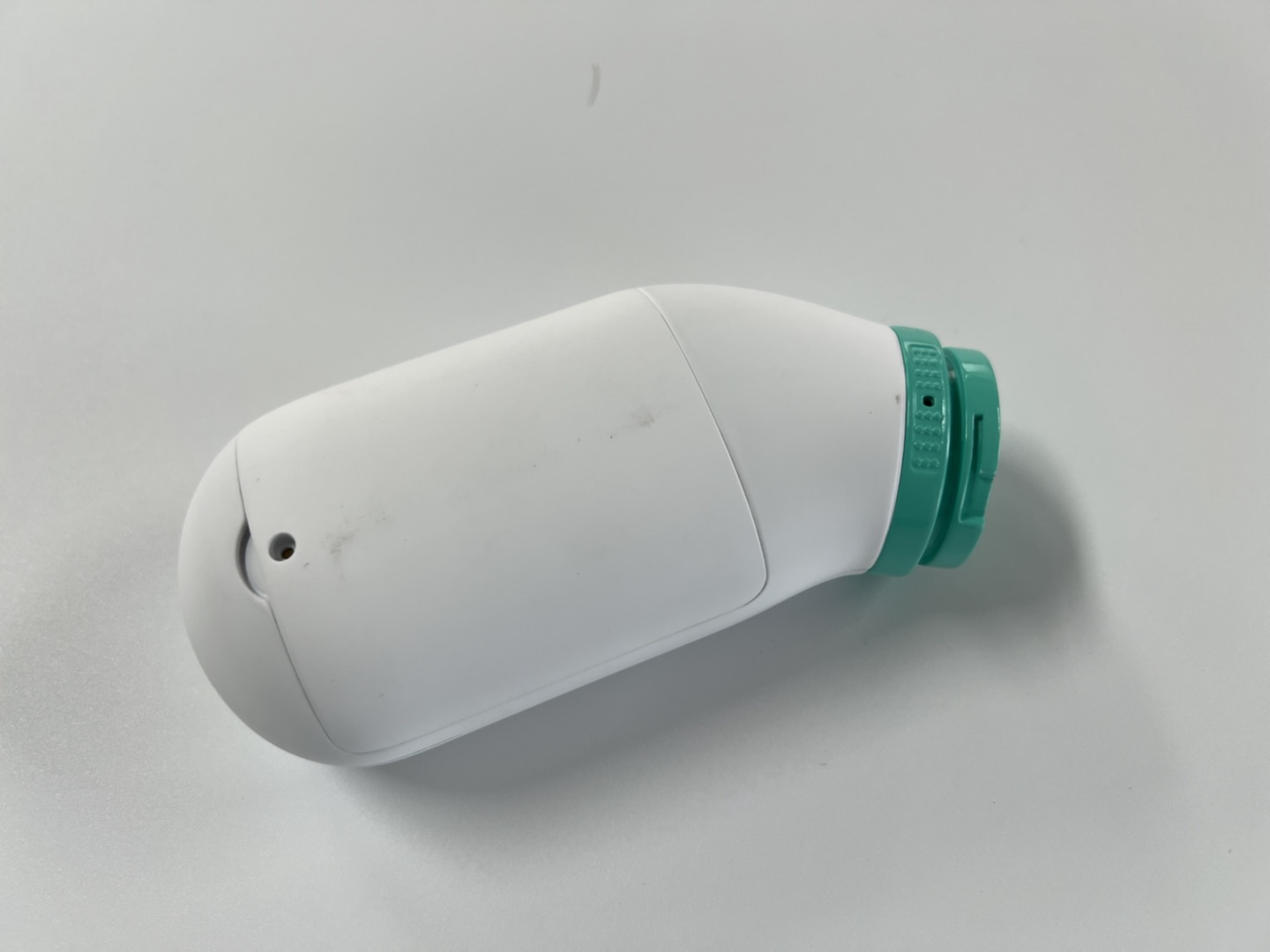
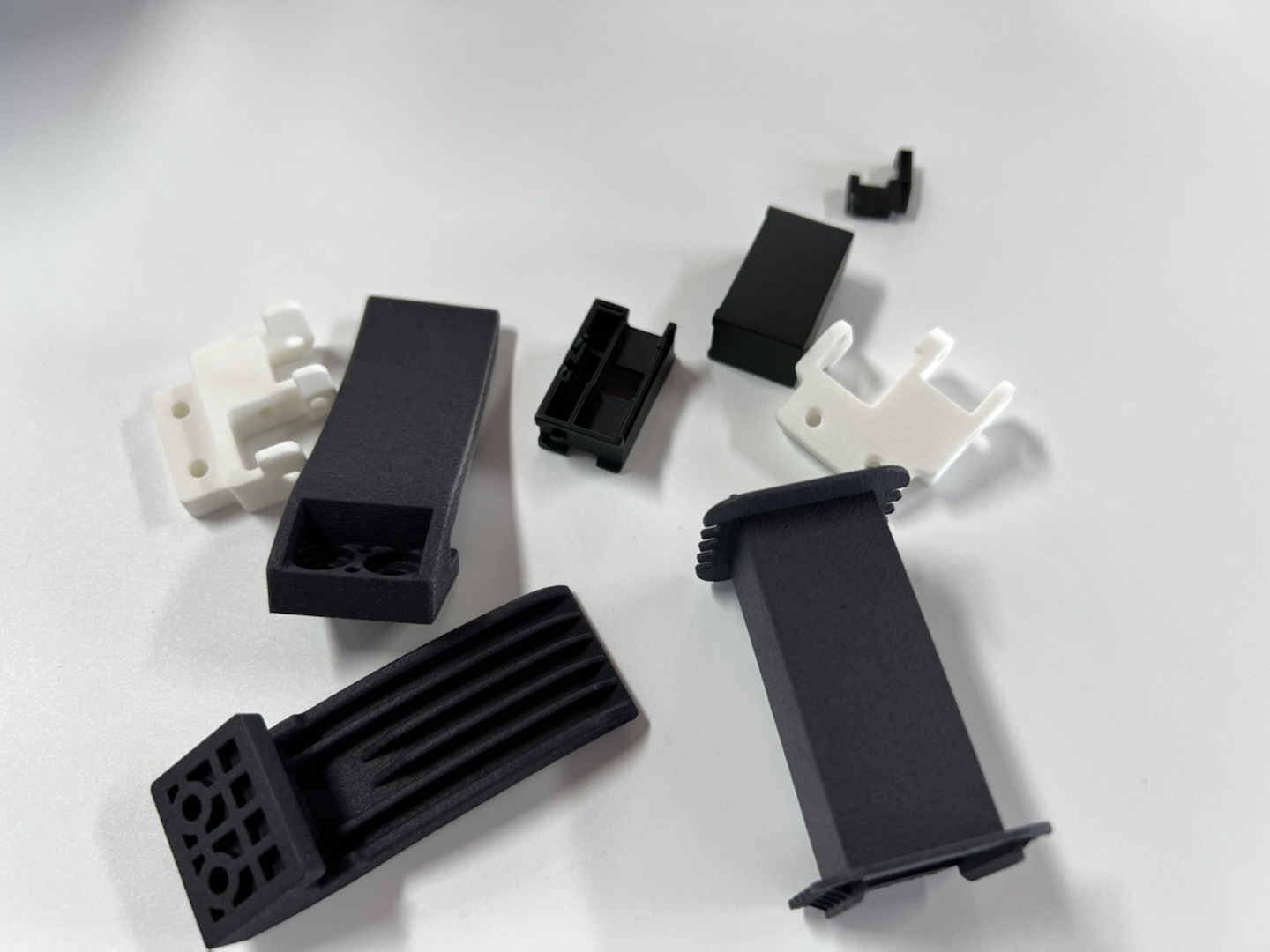
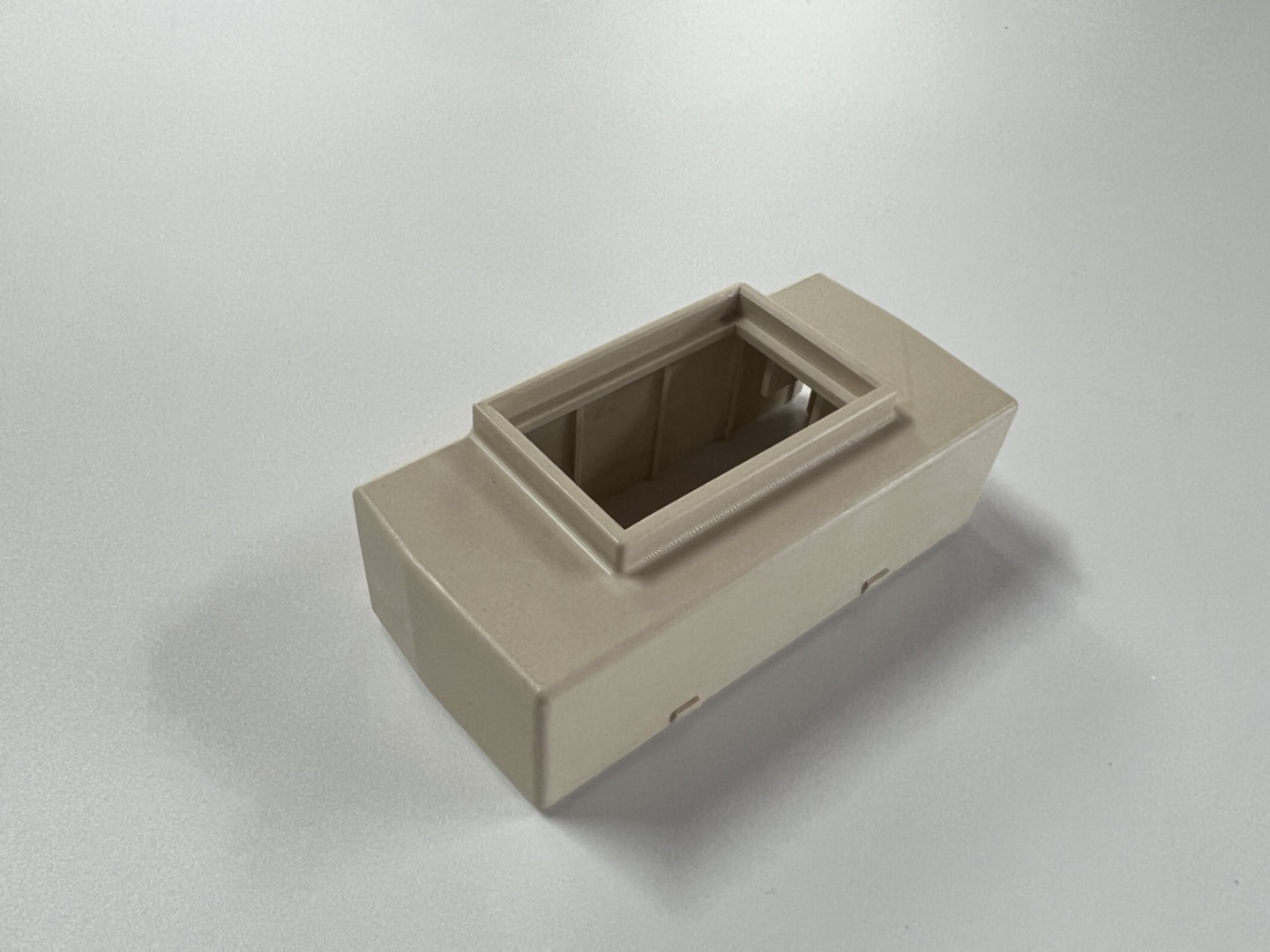
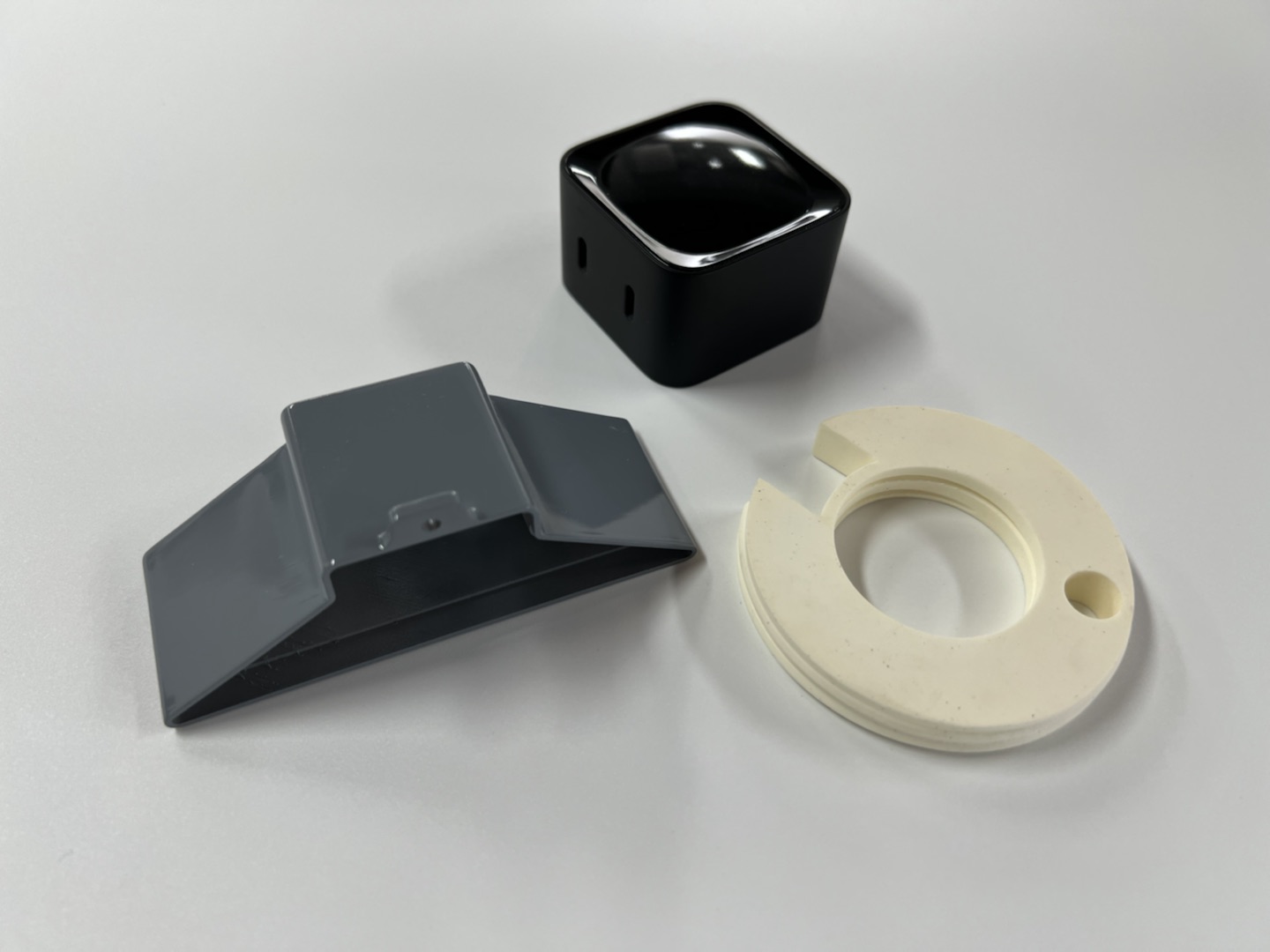
What's Silicone Molding? Are my Parts Fit for Silicone Molding Process?
Silicone molding, also known as silicone rubber molding or liquid silicone rubber (LSR) molding, is a manufacturing process used to create parts and products from liquid silicone rubber material. It is a popular method for producing flexible and durable components with complex geometries, tight tolerances, and excellent heat and chemical resistance.
The silicone molding process typically involves the following steps:
Mold Design and Preparation: A mold is created based on the desired part geometry. The mold can be made from various materials, such as metal or silicone itself. It is designed to have the negative shape of the final part.
Silicone Material Preparation: Liquid silicone rubber is mixed and prepared with curing agents and any necessary additives. The material is then degassed to remove air bubbles.
Injection or Compression Molding: The prepared liquid silicone is injected into the mold using either injection molding or compression molding techniques. In injection molding, the liquid silicone is injected into the mold cavity under pressure. In compression molding, the liquid silicone is placed into the mold cavity, and the mold is closed to compress the material.
Curing: The mold with the liquid silicone is heated to cure the material, transforming it from a liquid to a solid rubber state.
Part Removal: Once the silicone has cured and solidified, the mold is opened, and the finished part is removed.
Silicone molding is suitable for producing various parts and products, including:
Seals and Gaskets: Silicone molding is commonly used to produce seals, gaskets, and O-rings for applications requiring flexibility and excellent sealing properties.
Medical Devices: Silicone molding is widely used in the medical industry for producing items like silicone catheters, valves, and syringe components.
Consumer Products: Silicone molding is employed to create a wide range of consumer products, such as phone cases, kitchen utensils, and baby products.
Automotive Components: Silicone molding is used to manufacture automotive components like grommets, seals, and anti-vibration parts.
Electronics Enclosures: Silicone molding is suitable for producing protective and flexible enclosures for electronic devices.
Industrial Components: Silicone molding can be used to create various industrial components, including rubber rollers, keypads, and cable assemblies.
When considering whether your parts are fit for the silicone molding process, it’s essential to consider the following factors:
Material Compatibility: Silicone molding is ideal for parts made from silicone rubber. If your parts require flexibility, heat resistance, and chemical resistance, silicone molding could be a good fit.
Complexity and Tolerance: Silicone molding can accommodate complex geometries, but tight tolerances may be more challenging to achieve compared to other molding processes.
Production Volume: Silicone molding is well-suited for low to medium production volumes. For high-volume production, other molding methods like injection molding may be more cost-effective.
Design Considerations: The design of your parts should take into account draft angles, parting lines, and venting to ensure successful silicone molding.
By considering these factors and consulting with a silicone molding expert, you can determine if the silicone molding process is suitable for your parts and efficiently achieve the desired results.
Advantage of Silicone Molding Process
The silicone molding process offers several advantages that make it a popular choice for manufacturing a wide range of parts and products. Here are some key advantages of the silicone molding process:
Versatility: Silicone molding can produce a diverse range of parts with varying shapes, sizes, and complexities, making it suitable for a wide array of applications across different industries.
Complex Geometries: The flexibility of liquid silicone rubber allows for the molding of intricate and complex geometries, including undercuts and fine details.
Material Properties: Silicone rubber offers excellent properties such as flexibility, elasticity, durability, heat resistance, chemical resistance, and biocompatibility. This makes it suitable for applications requiring these characteristics.
Consistency and Reproducibility: The silicone molding process enables the production of consistent and reproducible parts with minimal variation between each piece, ensuring uniform quality across batches.
High Precision: Silicone molding can achieve tight tolerances, especially in comparison to other rubber molding methods.
Overmolding: Silicone molding can be used for overmolding, allowing multiple materials or components to be combined into a single integrated part.
Low Waste: The process generates relatively low waste since the liquid silicone rubber is injected precisely into the mold, minimizing excess material.
Rapid Prototyping: Silicone molding can be used for rapid prototyping, allowing for quick iteration and adjustments in product design.
Short Lead Times: Silicone molding generally has shorter lead times compared to some other molding methods, making it suitable for both prototyping and production.
Low-Pressure Molding: The process uses low injection pressures, which can be beneficial for delicate or sensitive components.
Color and Transparency Options: Liquid silicone rubber can be pigmented to achieve specific colors, and it can also be formulated for transparency or translucency.
Biocompatibility and Medical Applications: Silicone molding is commonly used in the medical field due to its biocompatibility, making it suitable for producing medical devices, implants, and components.
Reduced Tooling Costs: Silicone molds are typically less expensive to produce compared to metal molds used in processes like injection molding.
Tooling Flexibility: Silicone molds are relatively easy to modify or repair, allowing for design adjustments or changes without significant downtime or cost.
Elastomeric Properties: Silicone rubber offers elastomeric properties, providing cushioning, vibration dampening, and noise reduction in various applications.
It’s important to note that while silicone molding offers many advantages, the process might not be the most suitable for all types of parts or production volumes. Factors such as part complexity, material requirements, production volume, and cost considerations should be carefully evaluated when determining whether silicone molding is the right choice for your specific project.
